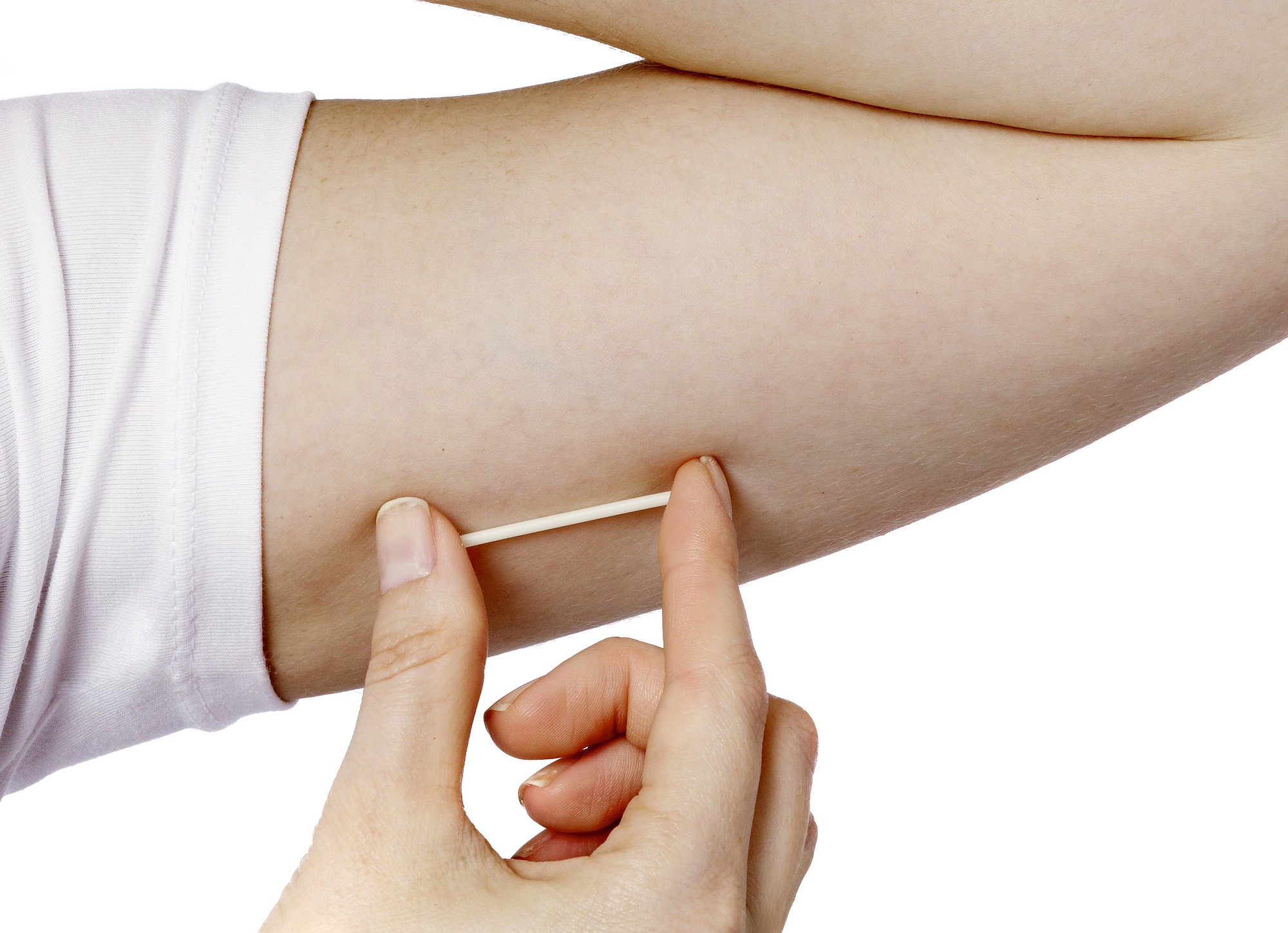CHICAGO — Long-acting but reversible methods of birth control are becoming increasingly popular among U.S. women, with IUDs redesigned after safety scares and the development of under-the-skin hormone implants, a government report shows.
Birth control pills remain the most popular contraceptive method nationwide, but intrauterine devices and implants are more effective at preventing pregnancy and they last for several years.
Highlights of the new report, released by the Centers for Disease Control and Prevention:
• RISING USE: National surveys show 7 percent of U.S. reproductive-aged women used long-acting contraceptives in 2011-13, up from less than 2 percent in 2002. The most popular are IUDs, T-shaped devices containing hormones or copper that are inserted into the womb. They can work for up to about 10 years. Implants are matchstick-size plastic rods containing hormones that are inserted beneath the skin of the upper arm. They last about three years. Both types can cost hundreds of dollars but should be covered with no co-pays by most insurance plans under contraception mandates of the Affordable Care Act.
Long-acting contraceptives were used most by women in their mid-20s and 30s — 11 percent or more than double the rate in younger or older women. They were also more popular with women who had at least one child, versus those who’d never given birth. Use increased among whites, blacks and Hispanics from 2006-2013.



